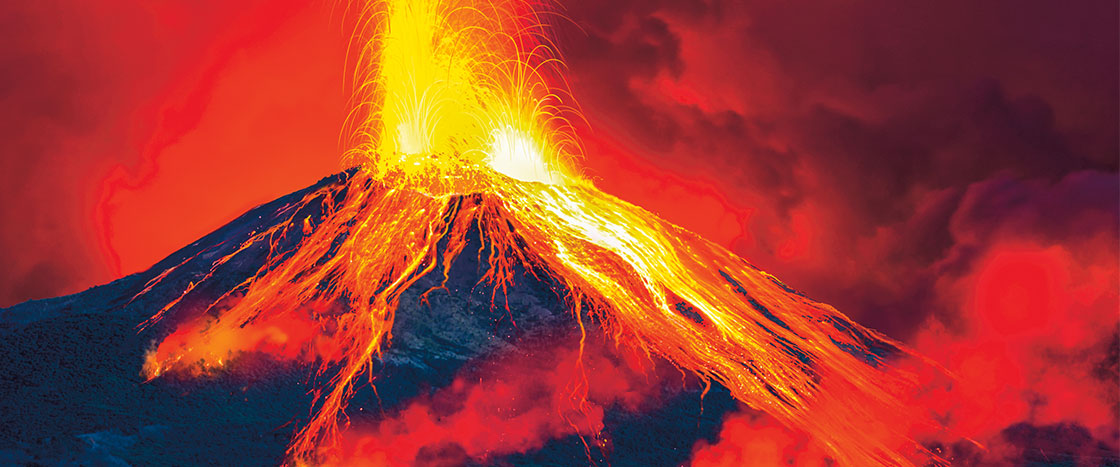It’s a typical day in beautiful Pompeii, in the year 79 A.D. The main street teems with people—women swishing by in long robes, men in tunics, children with leather sandals that slap against the hot stone streets. Vendors shout for your attention, offering slices of juicy melon and sizzling hunks of roasted meat. A parrot calls out from the shoulder of a shopkeeper. “Salve!” he squawks—“hello” in Latin, the language of the Roman Empire.
You’re surprised by how modern this ancient city seems. It has a library, theaters, and grand temples. You stop at a market, where you sample dozens of delicacies. Don’t you want to try some roasted mice stuffed with nuts and rose petals?
Now look at the beautiful marble and bronze statues across the street. These monuments, which stand throughout the city, honor the mighty emperors who built Rome into one of the most powerful empires in the world.
By now, you’re thirsty, so you stop at a public fountain made of carved stone. You scoop up the cool water. No wonder Romans are proud of their water. Nowhere else in the world has such a sophisticated system of aqueducts—underground tunnels that deliver fresh water to fountains, bathhouses, and homes.
As you rest by the fountain, an enormous man lumbers past, his arms scarred, his muscled legs thick as tree trunks. This man is a gladiator set to do battle that afternoon in Pompeii’s amphitheater, a stadium that holds 20,000 people.
Romans love to watch gladiators attack each other with fists, swords, clubs, or knives. Sometimes contests are staged between men and wild animals, such as lions and bears. If these blood sports sound gruesome, that’s because they are. Gladiators often die in the arena.

